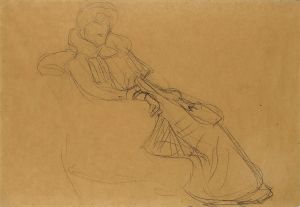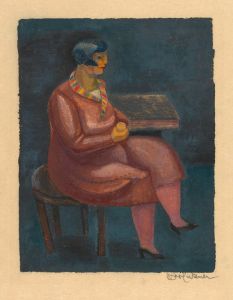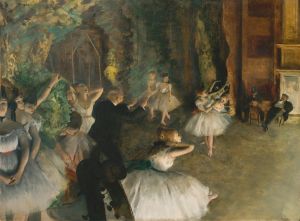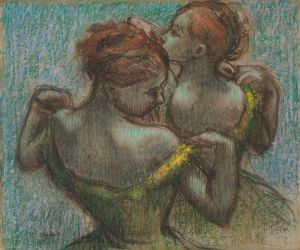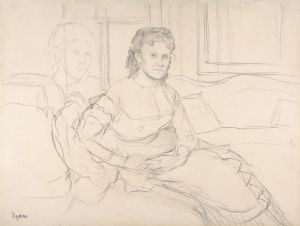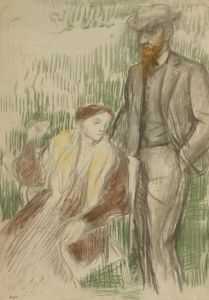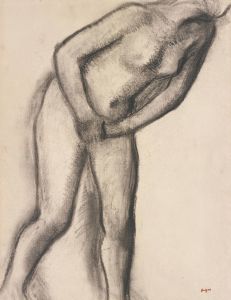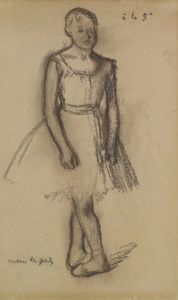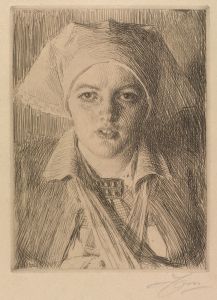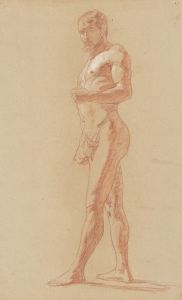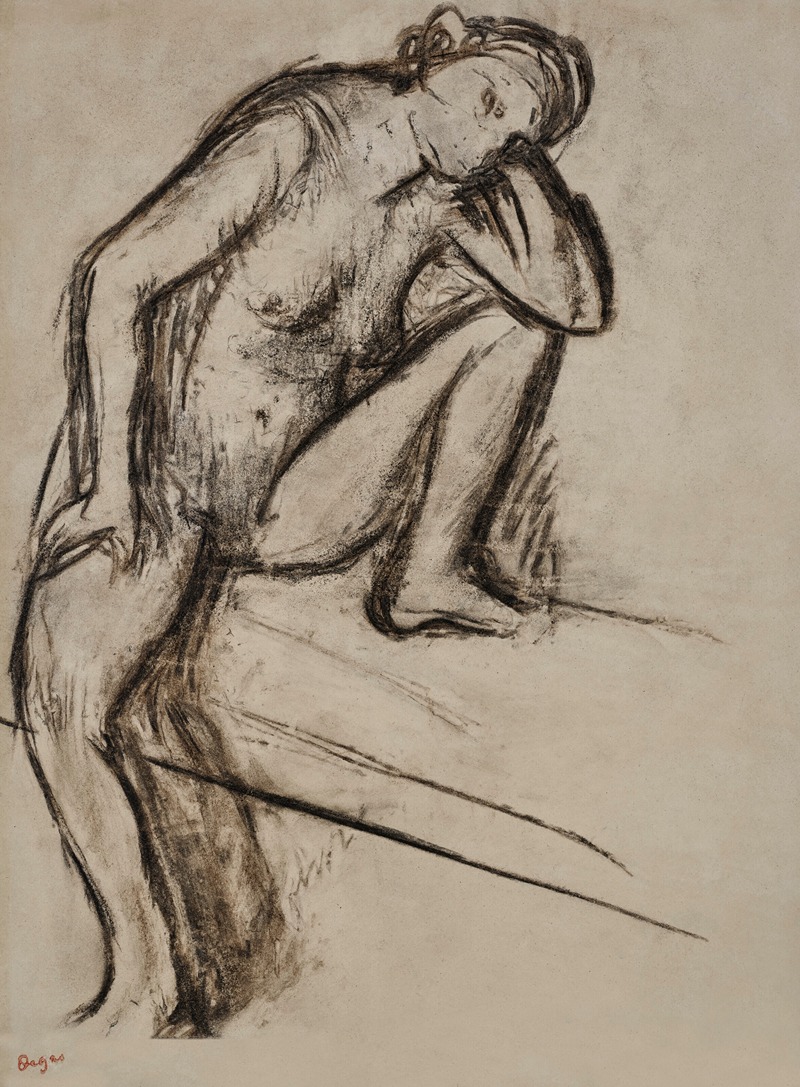
Femme assise
A hand-painted replica of Edgar Degas’s masterpiece Femme assise, meticulously crafted by professional artists to capture the true essence of the original. Each piece is created with museum-quality canvas and rare mineral pigments, carefully painted by experienced artists with delicate brushstrokes and rich, layered colors to perfectly recreate the texture of the original artwork. Unlike machine-printed reproductions, this hand-painted version brings the painting to life, infused with the artist’s emotions and skill in every stroke. Whether for personal collection or home decoration, it instantly elevates the artistic atmosphere of any space.
Edgar Degas, a prominent French artist known for his contributions to Impressionism, created a diverse array of works that included paintings, sculptures, prints, and drawings. Among his extensive oeuvre is the painting "Femme assise," which translates to "Seated Woman" in English. This work exemplifies Degas's keen interest in capturing the human form and his innovative approach to composition and perspective.
"Femme assise" is a testament to Degas's fascination with the everyday life and intimate moments of his subjects. Degas often depicted women in various settings, such as ballet dancers, laundresses, and women at their toilette, providing a glimpse into the private and often unseen aspects of their lives. In "Femme assise," Degas focuses on a solitary female figure, seated in a relaxed pose. The painting reflects his ability to convey the subtleties of human posture and expression, capturing a moment of introspection or repose.
Degas's technique in "Femme assise" showcases his mastery of color and light. He was known for his ability to manipulate light to enhance the mood and atmosphere of his paintings. In this work, the use of soft, muted colors and delicate brushwork creates a sense of tranquility and intimacy. The interplay of light and shadow adds depth to the composition, highlighting the contours of the woman's figure and the textures of her clothing.
One of the distinguishing features of Degas's work is his unconventional approach to composition. He often employed unusual angles and cropping, influenced by the advent of photography and Japanese prints, which were gaining popularity in Europe during his time. In "Femme assise," the composition may reflect these influences, with a focus on the immediacy and spontaneity of the moment captured.
Degas's interest in the human figure was not limited to traditional beauty; he sought to portray his subjects with honesty and realism. This approach is evident in "Femme assise," where the woman's pose and expression are rendered with authenticity, devoid of idealization. Degas's commitment to realism and his innovative techniques contributed to his reputation as a pioneer of modern art.
Throughout his career, Degas maintained a strong connection to the Impressionist movement, although he often distanced himself from its more radical elements. He preferred to be called a "realist" or "independent," focusing on the depiction of contemporary life with an emphasis on line and form. "Femme assise" embodies these principles, highlighting Degas's dedication to capturing the essence of his subjects through careful observation and technical skill.
While specific details about the creation and provenance of "Femme assise" may not be extensively documented, the painting remains an important example of Degas's work. It reflects his enduring interest in the human condition and his ability to convey emotion and character through his art. As with many of Degas's works, "Femme assise" continues to be appreciated for its artistic merit and its contribution to the evolution of modern art.





